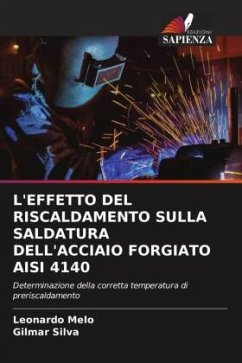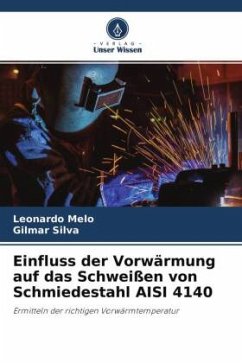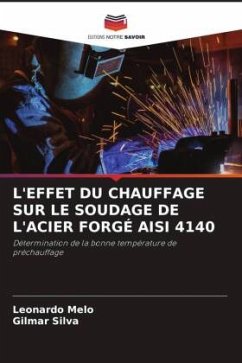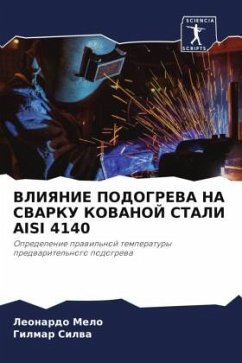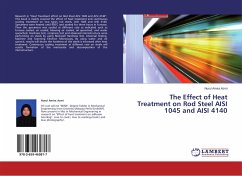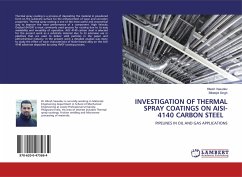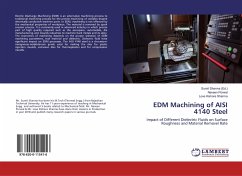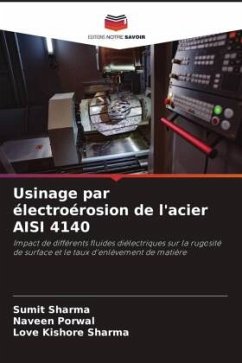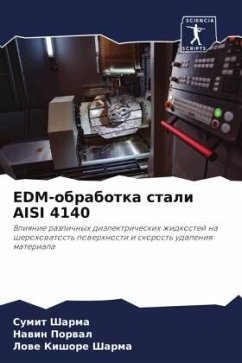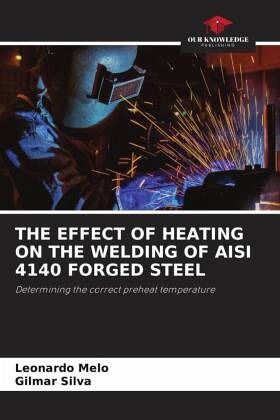
THE EFFECT OF HEATING ON THE WELDING OF AISI 4140 FORGED STEEL
Determining the correct preheat temperature
Versandkostenfrei!
Versandfertig in 6-10 Tagen
47,99 €
inkl. MwSt.

PAYBACK Punkte
24 °P sammeln!
The low alloy steel AISI 4140 presents itself as a versatile material, being widely used in the forged condition. However, welding this steel due to its high hardenability presents itself as a major industrial challenge. A variable of great influence in the final properties of the welding of low alloy steel is the preheating temperature, existing diverse methods for determination of the preheating, that recommend in some cases ample and varied ranges of temperature provoking doubts referring to the correct welding procedure. With the intention to clear up these doubts, the calculation and the ...
The low alloy steel AISI 4140 presents itself as a versatile material, being widely used in the forged condition. However, welding this steel due to its high hardenability presents itself as a major industrial challenge. A variable of great influence in the final properties of the welding of low alloy steel is the preheating temperature, existing diverse methods for determination of the preheating, that recommend in some cases ample and varied ranges of temperature provoking doubts referring to the correct welding procedure. With the intention to clear up these doubts, the calculation and the influence of the preheating temperature on the quality of welded joints of the AISI 4140 alloy were analyzed. AISI 4140 forged steel specimens were welded using the FCAW (Flux-Cored Arc Welding) process at 4 different preheating temperatures without post-weld TTPS heat treatment. The results showed that preheating has a relevant influence on the microstructure and mechanical properties of the welded joint, and gains of up to 12% in ductility can be obtained together with a 7% increase in mechanical strength, with the application of correct preheating.



